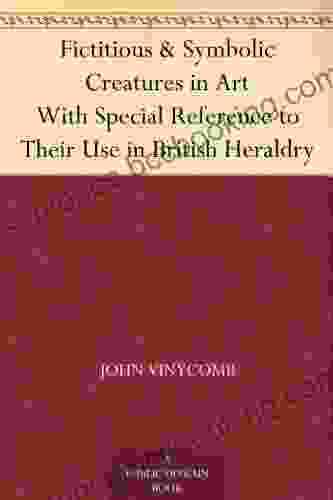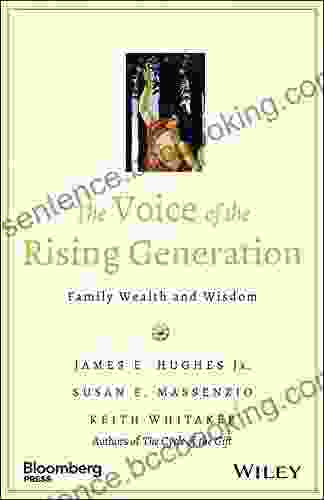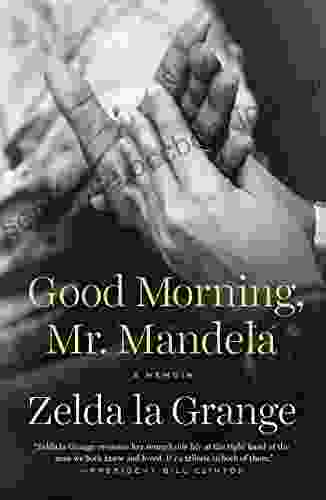Fictitious Symbolic Creatures In Art: Exploring Their Enduring Legacy and Cultural Significance

4.2 out of 5
| Language | : | English |
| File size | : | 380 KB |
| Text-to-Speech | : | Enabled |
| Screen Reader | : | Supported |
| Enhanced typesetting | : | Enabled |
| Word Wise | : | Enabled |
| Print length | : | 293 pages |
| Lending | : | Enabled |
From the captivating tales of ancient mythology to the stunning masterpieces of modern art, fictitious symbolic creatures have played an enduring role in human imagination and cultural expression. These fantastical beings, conjured by the boundless creativity of artists and storytellers, have captivated our hearts and minds for centuries, embodying universal themes, conveying profound messages, and inspiring countless works of art and literature.
Origins and Symbolism
The origins of fictitious symbolic creatures can be traced back to the earliest civilizations, where they emerged as manifestations of natural forces, fears, and desires. In ancient Egypt, the enigmatic Sphinx represented both wisdom and power, while in Greek mythology, the Centaur symbolized the duality of human and animal nature. Over time, these creatures have evolved and adapted, their meanings and associations shaped by cultural beliefs, religious traditions, and artistic conventions.
Use in Art
Fictitious symbolic creatures have found their way into a wide range of artistic mediums, serving as powerful visual metaphors and narrative devices. In painting, they have adorned the walls of temples and palaces, evoking awe and wonder in viewers. In sculpture, they have been immortalized in bronze and marble, capturing the essence of mythical stories and legends. In literature, they have populated countless tales, fables, and epics, adding depth and enchantment to the human experience.
Cultural Significance
Beyond their aesthetic appeal, fictitious symbolic creatures have played a significant cultural role. They have served as emblems of nations, symbols of power, and representations of collective fears and aspirations. The dragon, for instance, has been a potent symbol of strength and wisdom in Eastern cultures, while in Western folklore, it has represented danger and evil. These creatures have also influenced popular culture, appearing in films, television shows, and video games, capturing the imagination of generations.
Case Study: The Griffin
One of the most enduring and widely recognized fictitious symbolic creatures is the Griffin, a mythical beast with the body of a lion and the head and wings of an eagle. In ancient Greek mythology, the Griffin was associated with the god Apollo and was believed to guard treasures and sacred places. Later, in medieval bestiaries, it became a symbol of Christ's dual nature, representing both the human and divine aspects.
In art, the Griffin has been depicted in countless works, from ancient sculptures to medieval tapestries and modern paintings. Its powerful presence and enigmatic symbolism have made it a popular choice for heraldic devices and architectural ornamentation. One striking example is the Griffin statue that adorns the top of the Chrysler Building in New York City, a symbol of the building's strength and grandeur.
The realm of fictitious symbolic creatures is a vast and ever-evolving tapestry, woven with the threads of human imagination and cultural expression. These fantastical beings have the power to transport us to other worlds, evoke deep emotions, and inspire endless creativity. Their enduring legacy and cultural significance attest to the timeless allure of the imagination and the profound impact of art on the human experience.
4.2 out of 5
| Language | : | English |
| File size | : | 380 KB |
| Text-to-Speech | : | Enabled |
| Screen Reader | : | Supported |
| Enhanced typesetting | : | Enabled |
| Word Wise | : | Enabled |
| Print length | : | 293 pages |
| Lending | : | Enabled |
Do you want to contribute by writing guest posts on this blog?
Please contact us and send us a resume of previous articles that you have written.
 Book
Book Novel
Novel Page
Page Chapter
Chapter Text
Text Story
Story Genre
Genre Reader
Reader Library
Library Paperback
Paperback E-book
E-book Magazine
Magazine Newspaper
Newspaper Paragraph
Paragraph Sentence
Sentence Bookmark
Bookmark Shelf
Shelf Glossary
Glossary Bibliography
Bibliography Foreword
Foreword Preface
Preface Synopsis
Synopsis Annotation
Annotation Footnote
Footnote Manuscript
Manuscript Scroll
Scroll Codex
Codex Tome
Tome Bestseller
Bestseller Classics
Classics Library card
Library card Narrative
Narrative Biography
Biography Autobiography
Autobiography Memoir
Memoir Reference
Reference Encyclopedia
Encyclopedia Jamez Wigginz
Jamez Wigginz Sally Hepworth
Sally Hepworth Rose Rossner
Rose Rossner Pam Gaffin
Pam Gaffin Shirley Ulbrich
Shirley Ulbrich Joanna Emerson
Joanna Emerson Joe Clement
Joe Clement Monica Hughes
Monica Hughes Patrick Vinton Kirch
Patrick Vinton Kirch Jimmy Palmiotti
Jimmy Palmiotti John Leo
John Leo Natalya Semenova
Natalya Semenova Kevin Kalmer
Kevin Kalmer Rei Hiroe
Rei Hiroe Johanne Mercier
Johanne Mercier Joel David Hamkins
Joel David Hamkins John Hope Franklin
John Hope Franklin John L Havlin
John L Havlin John Browne
John Browne John F Harris
John F Harris
Light bulbAdvertise smarter! Our strategic ad space ensures maximum exposure. Reserve your spot today!
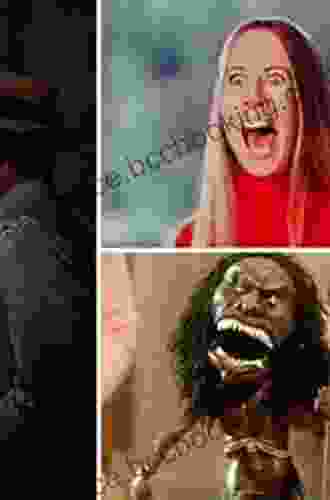
 Chance FosterJourney into the Shadows: A Comprehensive Guide to the Horror Films of the...
Chance FosterJourney into the Shadows: A Comprehensive Guide to the Horror Films of the...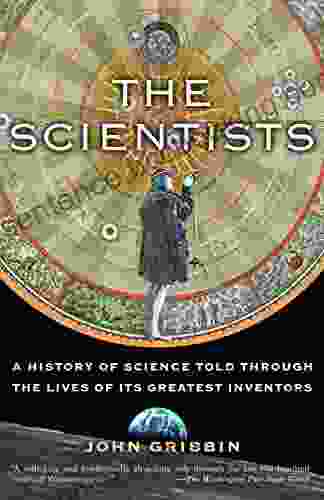
 Blake KennedyUnlock the Secrets of Scientific Innovation: A Journey Through the Lives of...
Blake KennedyUnlock the Secrets of Scientific Innovation: A Journey Through the Lives of...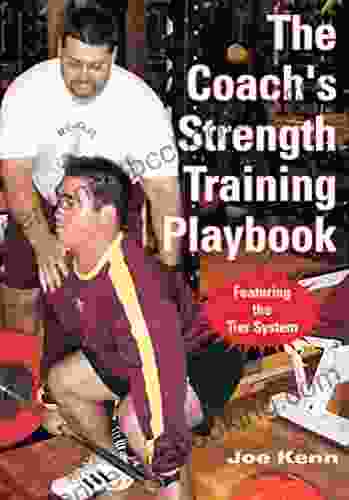
 David MitchellUnleash Your Strength: The Ultimate Guide to Effective Training with "The...
David MitchellUnleash Your Strength: The Ultimate Guide to Effective Training with "The...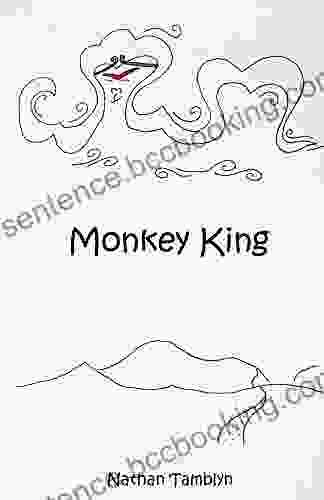
 Ralph Waldo EmersonMonkey King by Nathan Tamblyn: A Literary Masterpiece that Captivates and...
Ralph Waldo EmersonMonkey King by Nathan Tamblyn: A Literary Masterpiece that Captivates and... Angelo WardFollow ·4.1k
Angelo WardFollow ·4.1k Jordan BlairFollow ·5.6k
Jordan BlairFollow ·5.6k Edward ReedFollow ·8.2k
Edward ReedFollow ·8.2k Percy Bysshe ShelleyFollow ·17.7k
Percy Bysshe ShelleyFollow ·17.7k Garrett PowellFollow ·14.9k
Garrett PowellFollow ·14.9k Jean BlairFollow ·7.6k
Jean BlairFollow ·7.6k Preston SimmonsFollow ·19.3k
Preston SimmonsFollow ·19.3k Henry Wadsworth LongfellowFollow ·15.2k
Henry Wadsworth LongfellowFollow ·15.2k

 Jesus Mitchell
Jesus MitchellDiscover the World of Satisfying Meals with Or...
In a world where culinary creations often...
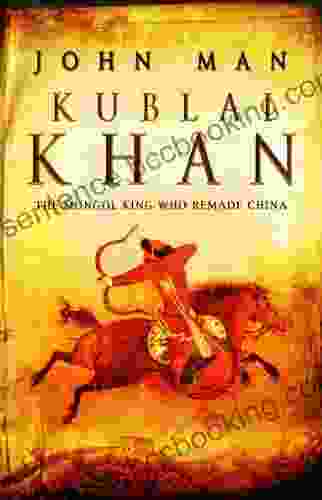
 Darius Cox
Darius CoxJourney into the Extraordinary Life of Kublai Khan: An...
Immerse Yourself in the Fascinating...
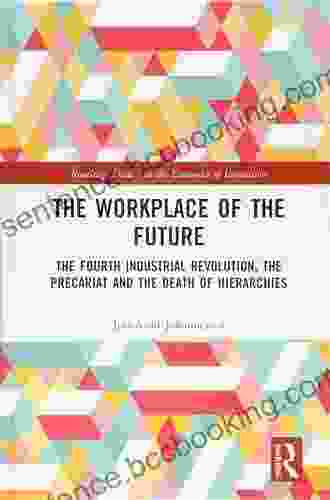
 Gil Turner
Gil TurnerThe Fourth Industrial Revolution: The Precariat and the...
In his groundbreaking book, The Fourth...
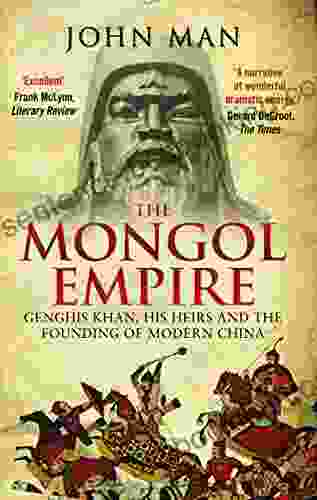
 Jonathan Franzen
Jonathan FranzenGenghis Khan: His Heirs and the Founding of Modern China
Genghis Khan, the...
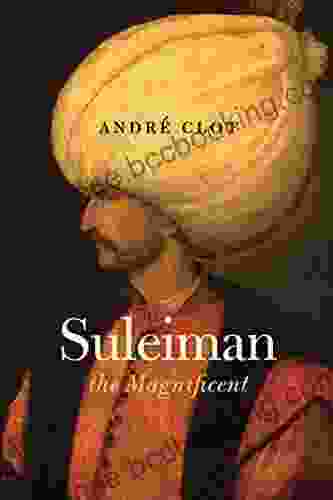
 Eugene Powell
Eugene PowellJourney Through the Golden Age of the Ottoman Empire with...
Delve into the Enchanting World of the...
4.2 out of 5
| Language | : | English |
| File size | : | 380 KB |
| Text-to-Speech | : | Enabled |
| Screen Reader | : | Supported |
| Enhanced typesetting | : | Enabled |
| Word Wise | : | Enabled |
| Print length | : | 293 pages |
| Lending | : | Enabled |


